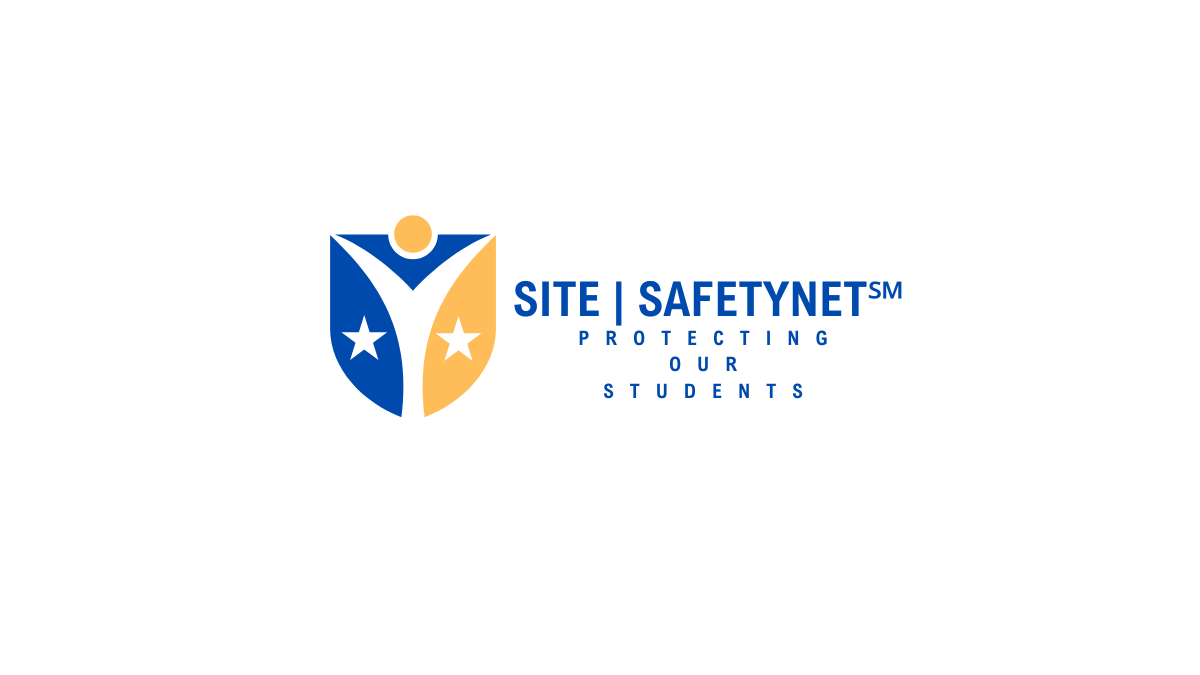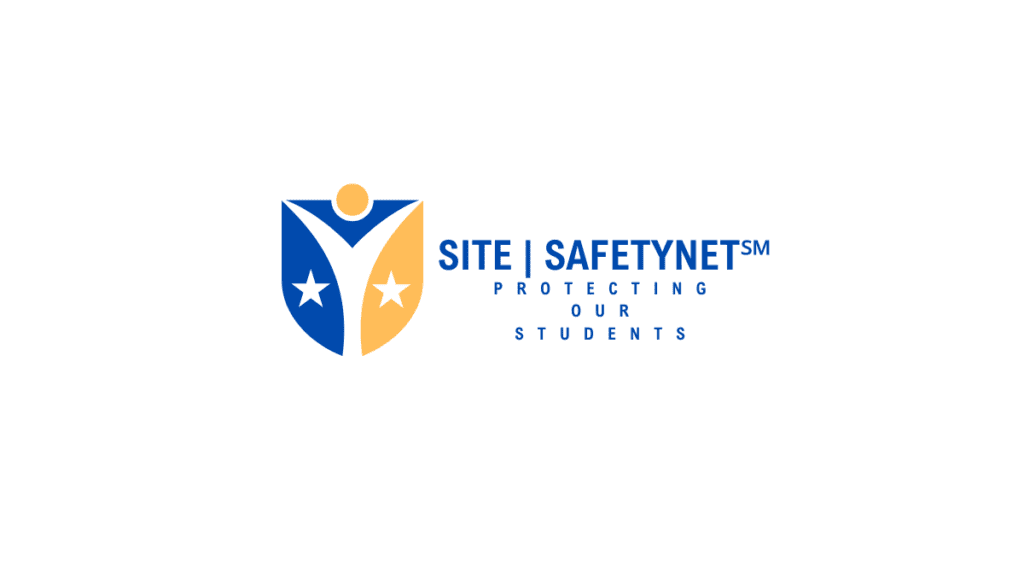 By Robert Jordan, Founder of SITE|SAFETYNET℠
By Robert Jordan, Founder of SITE|SAFETYNET℠
Research overwhelmingly indicates that students’ social, emotional, and behavioral factors significantly impact their academic performance and well-being. To create equitable learning environments and optimize student outcomes, educators must adopt a holistic, whole-child approach that addresses these non-academic challenges.
However, navigating the complexities of gathering, analyzing, and utilizing non-academic data can be overwhelming. This article explores practical strategies for identifying and addressing these barriers to unlock students’ potential.
The Impact of Non-Academic Factors on Student Achievement
Students arrive at school with diverse backgrounds, experiences, and challenges. Factors such as poverty, homelessness, trauma, mental health issues, and family structure can profoundly impact their ability to learn and succeed. These non-academic barriers often create inequities in the classroom, hindering students’ potential and limiting their academic growth.
The Power of a Whole-Child Approach
A whole-child approach recognizes that students are complex individuals with diverse needs. Schools can create supportive learning environments by addressing students’ social, emotional, and physical well-being in addition to their academic performance. This approach fosters resilience, builds strong relationships, and empowers students to thrive.
Leveraging Data to Drive Student Success
To effectively address non-academic barriers, educators must harness the power of data. Collecting and analyzing non-academic data, such as attendance, behavior referrals, and mental health screenings, provides invaluable insights into students’ needs. When combined with academic data, this information creates a comprehensive student profile.
School leaders can use this data to identify patterns, trends, and areas of concern. Educators can uncover hidden relationships and develop targeted interventions by analyzing non-academic data alongside academic performance. For example, high absenteeism rates might indicate underlying attendance barriers, such as transportation issues or family crises.
Practical Strategies for Implementing a Whole-Child Approach
To successfully implement a whole-child approach, schools can adopt the following strategies:
- Universal Screening: Conduct regular assessments to identify at-risk students for academic or social-emotional difficulties.
- Multi-Tiered Systems of Support (MTSS): Utilize an MTSS framework to provide increasingly intensive support based on student needs.
- Collaboration: Foster partnerships between teachers, counselors, administrators, and families to address student challenges.
- Professional Development: Equip staff with the knowledge and skills to implement a whole-child approach.
- Data-Informed Interventions: Use data to inform the selection and implementation of interventions.
- Family Engagement: Involve families in creating a strong support network for students.
Conclusion
Addressing non-academic barriers is essential for creating equitable and effective learning environments. Schools can significantly improve student outcomes by implementing a whole-child approach and leveraging data-driven strategies. Educators can foster resilience, build strong relationships, and empower young people to reach their full potential by prioritizing students’ social, emotional, and behavioral well-being.
It is imperative that schools continue to invest in professional development, collaboration, and data infrastructure to sustain a whole-child approach. Educators, administrators, and community partners can create a brighter future for all students by working together.
About the Author:
Robert Jordan founded SITE|SAFETYNET℠, a leading provider of school safety solutions. With a deep commitment to creating safe and supportive learning environments, Jordan has dedicated his career to developing innovative tools and strategies to address the complex challenges facing schools today.
Call to Action:
Ready to transform your school into a place where every student thrives? Contact SITE|SAFETYNET℠ today to learn how our comprehensive safety solutions can support your whole-child approach. Visit https://sitesafetynet.org/ to schedule a consultation.
Maximizing Educational Success: Insights from Our K-12 Guidebook

